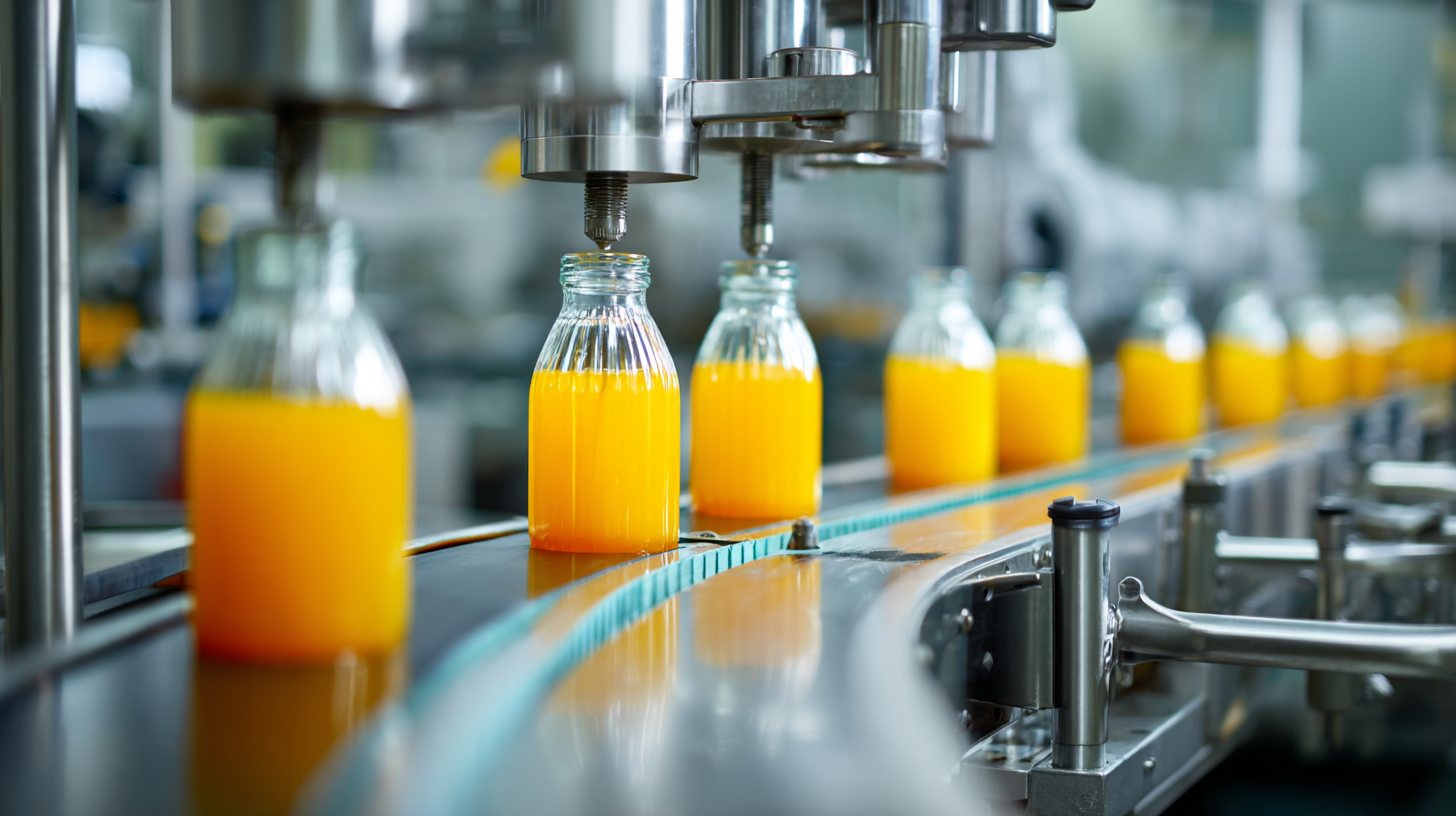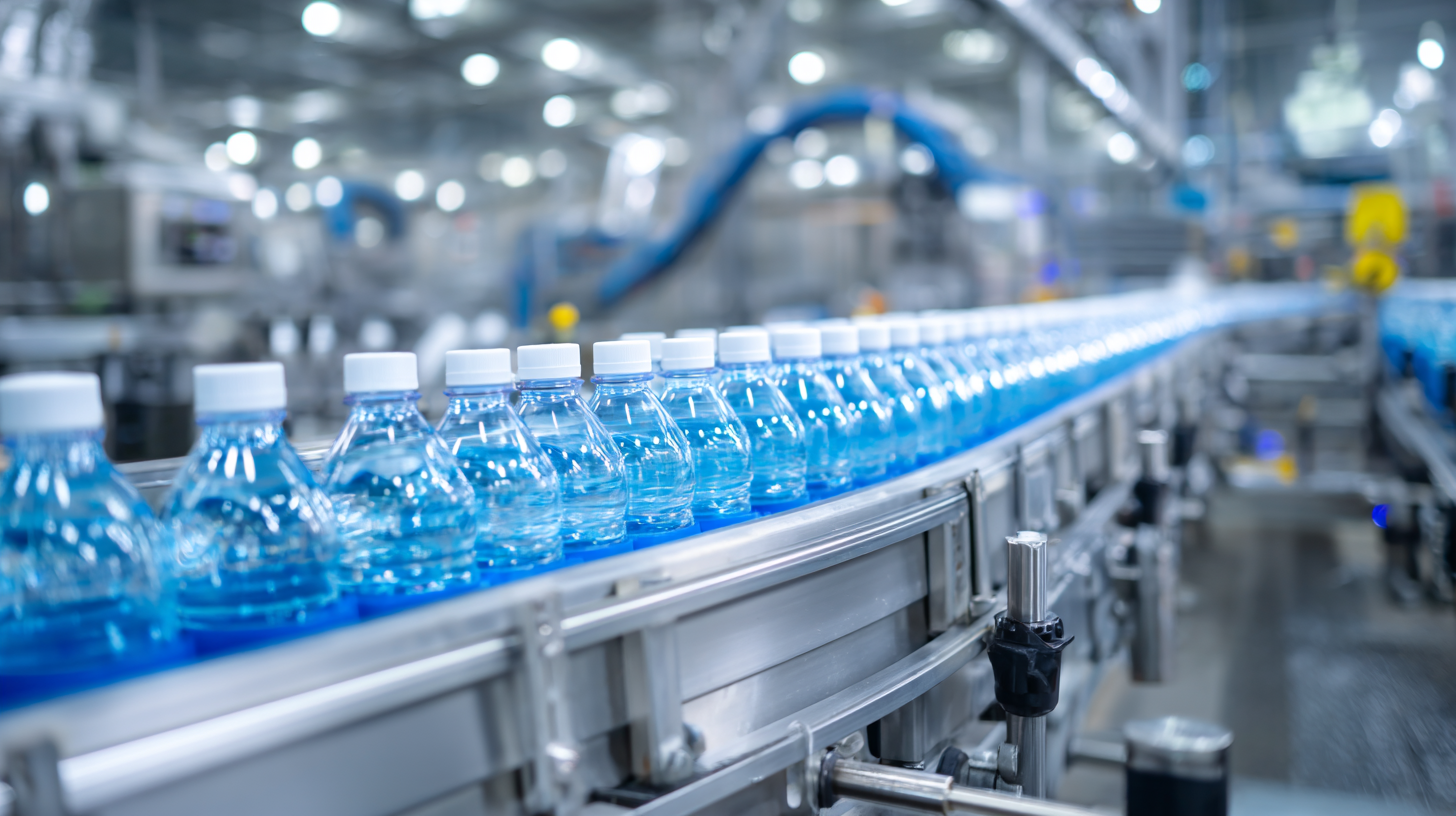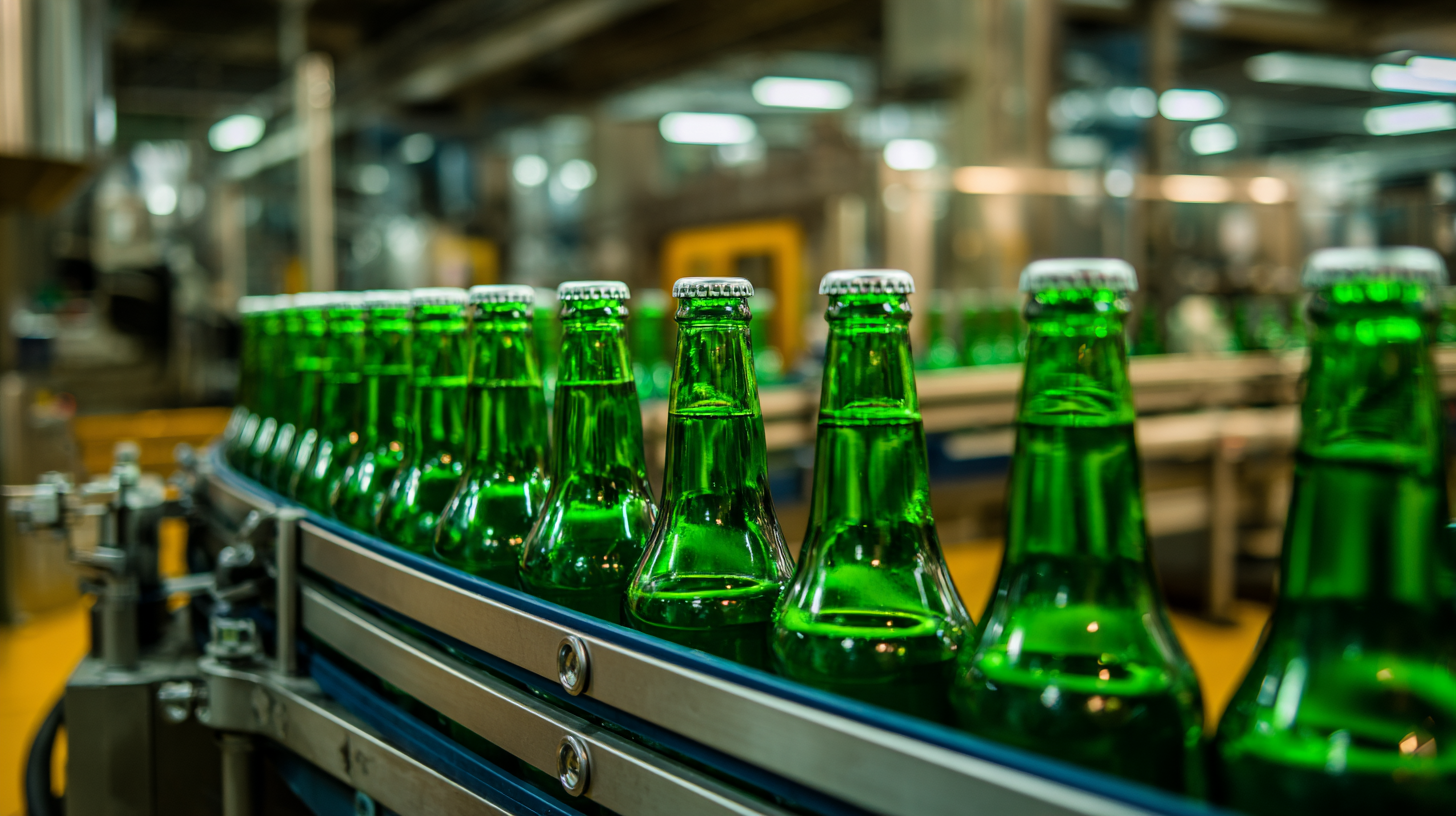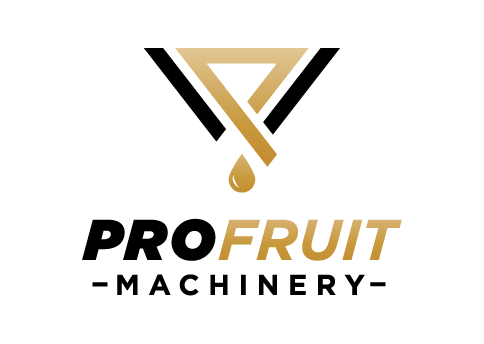Innovative Uses for Bag in Box Filling Machines in Beverage Production
In the ever-evolving landscape of beverage production, manufacturers are constantly seeking innovative solutions to improve efficiency and product quality. One such advancement is the bag in box filling machine, which has gained popularity for its versatility and effectiveness in various applications. This modern technology has transformed the way beverages are packaged, offering significant advantages over traditional methods. As producers look to enhance their operations, understanding the innovative uses of bag in box filling machines has become increasingly important.
This article explores the top five innovative applications of bag in box filling machines within the beverage industry. From streamlining the filling process to reducing packaging waste, these machines are revolutionizing how beverages are introduced to the market. Additionally, their capability to maintain product integrity and extend shelf life makes them an attractive option for many beverage producers. By examining these cutting-edge uses, we aim to highlight the potential of bag in box filling machines to not only improve production efficiency but also enhance the overall consumer experience. Ultimately, embracing these innovations can help companies stay competitive in a rapidly changing market.

Emerging Trends in Bag in Box Filling Technology for Beverage Industry
The beverage industry is witnessing a paradigm shift with the emergence of advanced Bag in Box (BiB) filling technologies, enhancing efficiency and sustainability in production. A recent report by MarketsandMarkets projects that the Bag in Box market will grow at a CAGR of 6.4%, reaching nearly $2.5 billion by 2025. This trend is driven by the increasing demand for eco-friendly packaging solutions, as BiB systems significantly reduce packaging waste compared to traditional bottling methods.
Emerging innovations in BiB filling machines have introduced functionalities such as automated filling processes, real-time quality control, and enhanced compatibility with various beverage types. According to a study from Allied Market Research, the introduction of smart filling technologies can improve production efficiency by up to 30%, allowing manufacturers to meet the rising consumer demand for both alcoholic and non-alcoholic beverages. Moreover, the flexibility of BiB systems enables producers to offer a wider range of products, catering to niche markets and seasonal demands, thereby boosting profitability in an increasingly competitive landscape.

Enhancing Sustainability: Eco-Friendly Practices with Bag in Box Systems
The beverage industry is increasingly focused on sustainable practices, and Bag in Box (BIB) systems are at the forefront of this movement. According to a report by the Beverage Marketing Corporation, the BIB packaging format can reduce carbon footprints by up to 30% compared to traditional glass and PET packaging. This makes it a compelling choice for both producers and environmentally conscious consumers looking for greener alternatives. With BIB systems, not only is less material used, but the packaging also minimizes waste and energy during transportation due to its lightweight and compact nature.
In addition to reducing waste, BIB systems promote the use of eco-friendly materials. Many manufacturers are now utilizing recyclable and biodegradable options for BIB packaging, aligning with the global shift towards circular economy practices. For instance, a study from Smithers Pira indicates that the market for sustainable packaging is projected to grow by 5.7% annually, reaching $500 billion by 2024. This growth indicates a strong consumer demand for healthier, eco-friendly options in beverage production, and BIB systems cater perfectly to this trend by offering a sustainable solution without compromising quality or convenience.
Innovative Uses for Bag in Box Filling Machines in Beverage Production - Enhancing Sustainability: Eco-Friendly Practices with Bag in Box Systems
| Application | Sustainability Impact | Key Benefits | Examples of Beverages |
|---|---|---|---|
| Juice Production | Reduces plastic packaging waste | Lower shipping costs, longer shelf life | Orange, Apple, Mixed Fruit Juices |
| Wine Packaging | Minimizes glass usage | Reduced transportation emissions, ease of storage | Red, White, and Rosé Wines |
| Syrup Distribution | Decreases carbon footprint | Versatile usage, lower refill frequency | Flavoring Syrups for Beverages |
| Craft Beverage Production | Supports small batch practices | Reduced waste, high-quality packaging | Craft Beers, Small-Batch Sodas |
| Cold Brew Coffee | Promotes recycling of materials | Enhanced flavor retention, convenience | Ready-to-Drink Cold Brew Coffee |
Streamlining Production Efficiency with Advanced Bag in Box Machines
Advanced Bag in Box (BIB) filling machines are revolutionizing beverage production by significantly enhancing operational efficiency. According to a recent report by the Beverage Industry Association, companies adopting BIB technology have reported a 30% reduction in packaging costs and a 25% decrease in filling time compared to traditional bottling methods. This efficiency is primarily due to the automated capabilities of modern BIB machines, which minimize product waste and streamline the filling process, allowing for faster turnaround times and increased throughput.

Moreover, the flexibility of BIB systems caters to a diverse range of beverages, including juices, wines, and even dairy products. A study by the International Journal of Food Science revealed that the BIB format preserves beverage quality longer than conventional packaging, reducing spoilage by up to 50%. As more producers recognize the advantages of this innovative approach, the Bag in Box market is projected to grow at a CAGR of 7.5% over the next five years. By investing in advanced BIB machines, beverage manufacturers not only optimize production efficiency but also enhance sustainability and product quality, positioning themselves competitively in a rapidly evolving market.
Versatile Applications of Bag in Box Filling in Craft Beverage Markets
The craft beverage market has seen a remarkable evolution, with bag in box (BIB) filling machines emerging as a versatile solution for packaging various drinks, including craft beers, ciders, and even yerba mate. Not only do these machines offer efficient filling processes, but they also extend the shelf life of beverages while maintaining quality. According to industry reports, the global craft beer market is expected to grow at a CAGR of over 8% from 2021 to 2026, which highlights a significant opportunity for manufacturers to adapt their packaging methods accordingly.
For beverage producers looking to stay competitive, incorporating BIB filling systems can provide substantial benefits. These systems allow for an eco-friendly packaging solution, reducing the use of glass and aluminum. Additionally, producers can leverage these systems for smaller batch runs, enabling greater flexibility to meet changing consumer demands.
**Tips:** When transitioning to bag in box filling, ensure to conduct thorough market research to understand the preferred packaging types among your target audience. Additionally, invest in staff training to maximize the efficiency of the filling process, as well as maintenance to keep machines running smoothly and effectively.
Innovative Uses for Bag in Box Filling Machines in Beverage Production
Customization Options: Tailoring Bag in Box Solutions for Unique Beverages
The rise of customization in the beverage industry has led to innovative uses for bag-in-box (BIB) filling machines that cater to a variety of unique beverage products. According to a recent market report by Allied Market Research, the global bag-in-box packaging market is expected to reach $3.4 billion by 2025, growing at a CAGR of 5.6%. This growth underscores the importance of adaptability in beverage production processes, as manufacturers seek tailored solutions for a diverse range of liquids, from artisanal juices to .
Customization options in BIB systems allow producers to adjust fill volumes, bag sizes, and even the materials used in the packaging. For instance, smaller wineries can utilize BIB solutions that accommodate limited production runs while maintaining the integrity and flavor profile of their products. Research indicates that 60% of consumers prefer products with customizable features, making this a significant factor for companies looking to differentiate themselves in a saturated market. By leveraging advanced BIB technology, beverage producers can create unique offerings that not only meet consumer demands but also optimize operational efficiencies.



